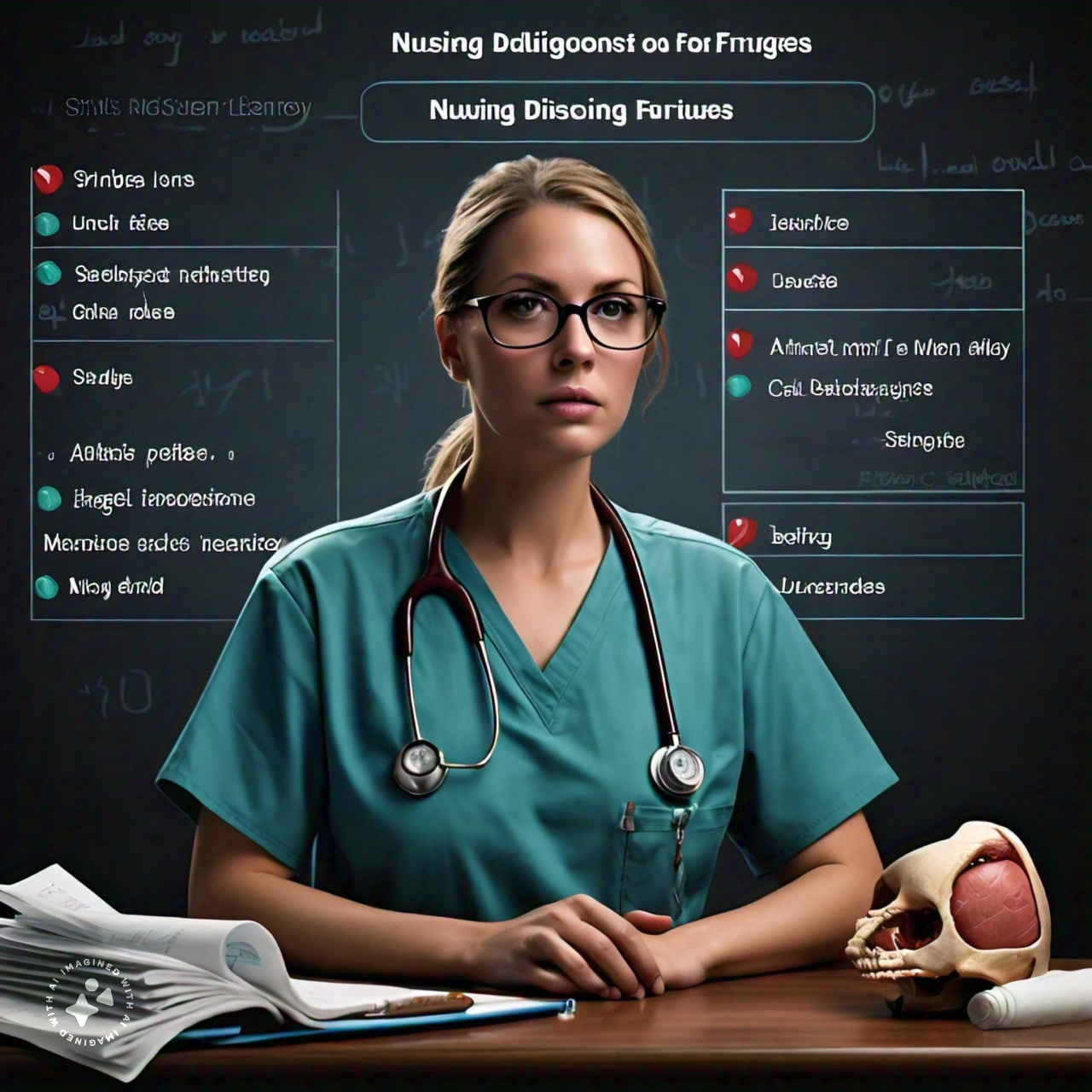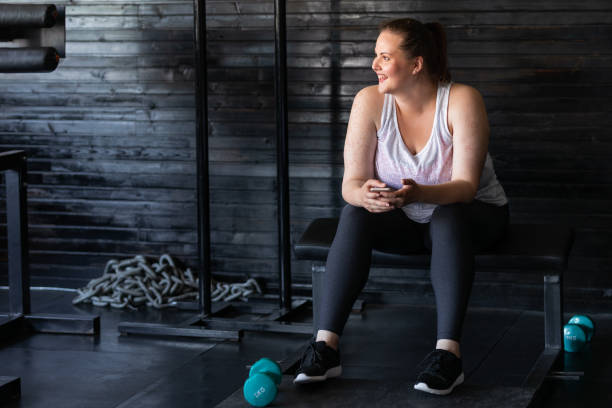A fracture disrupts the continuity of a bone, causing a break that can range from a hairline crack to a complete severing. Nurses play a vital role in their care when a patient sustains a fracture. Nursing diagnoses for fractures guide this care by identifying specific patient problems and laying the groundwork for interventions and desired outcomes.
Assessing the Needs: Nursing Diagnosis for Fractures in Action
Nurses begin with a comprehensive assessment to understand the patient’s situation. This includes inquiring about the mechanism of injury, pain, swelling, and deformity at the fracture site. Based on this assessment data, nursing diagnoses for fractures are formulated.
Here are some common nursing diagnoses for fractures:
-
Acute Pain: A fracture inevitably causes pain. Nurses assess the pain’s severity, location, and character to guide pain management strategies.
-
Impaired Physical Mobility: Fractures often restrict movement, impacting a patient’s ability to perform daily activities. Nursing diagnoses for fractures address this by incorporating strategies to improve mobility safely.
-
Risk for Infection: Open fractures, where the bone protrudes through the skin, carry a higher risk of infection. Nursing diagnoses for fractures related to open fractures focus on preventing disease through meticulous wound care and monitoring.
-
Deficient Knowledge: Patients with fractures often have questions about their condition, treatment plan, and recovery process. Nursing diagnoses for fractures include educating patients about their condition and self-care techniques.
These are just a few examples, and the specific nursing diagnoses for fractures will vary depending on the individual patient and the characteristics of the fracture.
Nursing Diagnosis for Fractures: Guiding Interventions and Outcomes
Once nursing diagnoses for fractures are established, nurses can develop a care plan with specific interventions tailored to each diagnosis. For instance, to address acute pain, interventions include administering pain medication, applying ice packs, and positioning the affected limb for comfort. Nursing diagnoses for fractures related to impaired mobility involve incorporating assistive devices like crutches or a walker and implementing safe transfer techniques.
The desired outcomes for each nursing fracture diagnosis should be SMART: Specific, Measurable, Achievable, Relevant, and Time-bound. For example, a desired outcome for acute pain might be for the patient to report a pain level of 4 or less on a scale of 1 to 10 within 24 hours of medication administration.
Nursing Diagnosis for Fractures: Collaboration is Key
Nurses collaborate with physicians, physical therapists, and other healthcare professionals to ensure a comprehensive care plan for fracture patients. Nursing diagnoses for fractures are a communication tool, facilitating a shared understanding of patient needs and goals across disciplines.
By providing targeted care based on nursing diagnoses for fractures, nurses play a critical role in promoting healing, preventing complications, and optimizing patient outcomes.
Nursing Diagnosis for Fractures: Addressing Specific Concerns
Nursing fracture diagnoses can be refined to target specific patient populations or fracture types. Here are some examples:
-
Risk for Skin Breakdown: Patients with casts or splints are at increased risk for skin breakdown due to impaired circulation and moisture accumulation. Nursing diagnoses for fractures can address this risk by incorporating meticulous skin assessment and implementing preventive measures like proper cast care and pressure relief techniques.
-
Social Isolation: Fractures can significantly limit a patient’s ability to socialize and participate in usual activities. Nursing diagnoses for fractures can acknowledge this by incorporating strategies to promote social interaction and emotional well-being.
-
Disuse Syndrome: Immobilization from a fracture can lead to muscle weakness and stiffness. Nursing diagnoses for fractures related to disuse syndrome involve incorporating early passive range-of-motion exercises to maintain joint mobility.
-
Painful Bone Union: In some cases, the healing process of a fracture can be accompanied by pain. Nursing diagnoses for fractures can address this by incorporating pain management strategies and monitoring for signs of delayed or nonunion healing.
Nurses can provide even more comprehensive and individualized care by considering these specific concerns and tailoring nursing diagnoses for fractures.
Nursing Diagnosis for Fractures: Education Empowers Patients
Nursing diagnoses for fractures highlight the importance of patient education. Nurses play a vital role in educating patients about their condition, treatment plan, and self-care practices to promote healing and prevent complications. This education might encompass:
-
Cast care instructions, including proper cleaning and drying techniques.
-
Weight-bearing restrictions and safe ambulation with assistive devices.
-
Pain management strategies, including appropriate medication use and non-pharmacological techniques.
-
Exercise to maintain joint mobility and muscle strength.
-
Signs and symptoms of infection to watch out for.
-
The importance of a balanced diet for bone healing.
Conclusion
Hipkneeortho recognizes the importance of individualized care for fracture patients. Nursing diagnoses for fractures are a cornerstone of this approach, ensuring patients receive the interventions they need to heal effectively and regain their independence.
FAQs
-
What are some signs and symptoms of a fracture?
Pain, swelling, deformity, bruising, and difficulty moving the affected limb are all potential signs of a fracture.
-
How long does it take for a fracture to heal?
Healing time varies depending on the location and severity of the fracture. Most fractures heal within 6-8 weeks, but some may take longer.
-
Can I shower with a cast?
Generally, no. Nurses will provide specific instructions on cast care to prevent complications.




